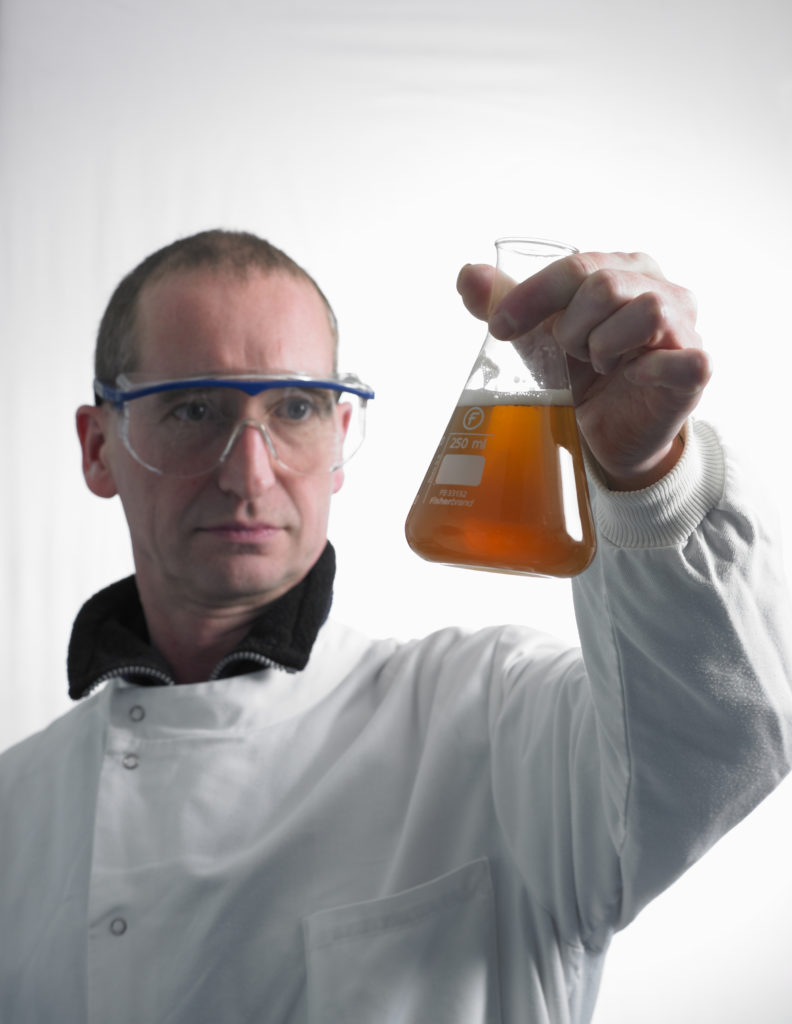
Regulatory Background
Before starting product development, we advise checking the regulatory background of the materials that will be used in the beverage. Additives such as Stevia have maximum levels set for their usage and restrictions placed on the alcohol content in beverages. Some ingredients may also trigger issues if they fall under the Novel Food Regulations, which may occur if the ingredient is not on the permitted list or was not in common use in the EU before 15th May 1997.
Finally, be aware that for products under 1.2% ABV a full ingredient listing will be required on the label as well as nutrition information. We also advise double checking that claims such as ‘natural’ or ‘ low calorie’ can be substantiated and are permitted on your beverage, ones such as ‘low carbohydrate’ are not allowed in the EU.
Cloudy or bright
A significant challenge with these products is colloidal stability – either keeping a product bright or keeping a product hazy, depending on the style. As soon as a beer base is mixed with any fruit substance, a haze is guaranteed to form as the proteins and polyphenols interact. This is a complex process and unfortunately the best strategy to get the correct haze level seems to be trial and error, and potentially the use of a good filtration system!
For many products, such as Radlers, a cloudy product is required and an understanding of the composition of the fruit mix which may contain cloudifiers (oils) or stabilisers (gums, pectin) is valuable to optimise the product development process.
To ensure colloidal stability over the lifetime of the product, we advise adapting the in-house forcing tests; we have a member project on this topic which is investigating the best methods to identify and predict haze, which will be able to offer further detailed support.
Retraining the Sensory Panel
For each product, a new set of descriptors will be required, as well as a standard profile that the panel can assess against, and Quantitative Descriptive Analysis (QDA) is a suitable method to achieve this. The panel will also need to be trained on new flavour and aroma notes such that they can assign values to the intensity and also can identify a new range of taints that may form in these products.
As such, a significant investment in panel training will be required, whether by an internal or external trainer. In addition, visual assessment of colour presents a challenge and is very reliant on individual skill – so while colour could be assessed by the panel, we advise considering investing in colorimetry equipment to be more robust.
Due Diligence and Quality Control
Using new raw materials means new risks, and expansion of the due diligence food safety testing programme will be required with these novel products. Each raw material needs to be considered by risk likelihood and also in relation to any legal limits, and integrated into the testing plan. It is useful for the first few due diligence rounds to increase the sampling frequency to establish a baseline; it may then be justifiable to reduce the frequency if no issues have occurred.
In the lab, there is also a challenge around standard QC methods, which will need to be adapted to take into account the new matrix. For example, the use of matrix matched standards and spiked samples can be useful for validating methods, and sending duplicate samples to a specialist laboratory to get an external corroboration of your new method is advisable.
New Packaging Formats
Finally, these novel drinks are often presented in flint glass bottles, but the marketing teams are driving new small pack formats that can create additional technical challenges. We would suggest checking the packaging before starting the NPD process – for example, if the pack cannot be pasteurised, the use of preservatives or sweeteners may be need to be considered.
Delving deeper into the literature or the wealth of information on the web or consulting the author will provide further gems of information introducing the reader to the fascinating world of the sensory evaluation of their favourite beverage. We encourage you to look up terms in your favourite search engine and explore a little more about each flavour note mentioned above.

